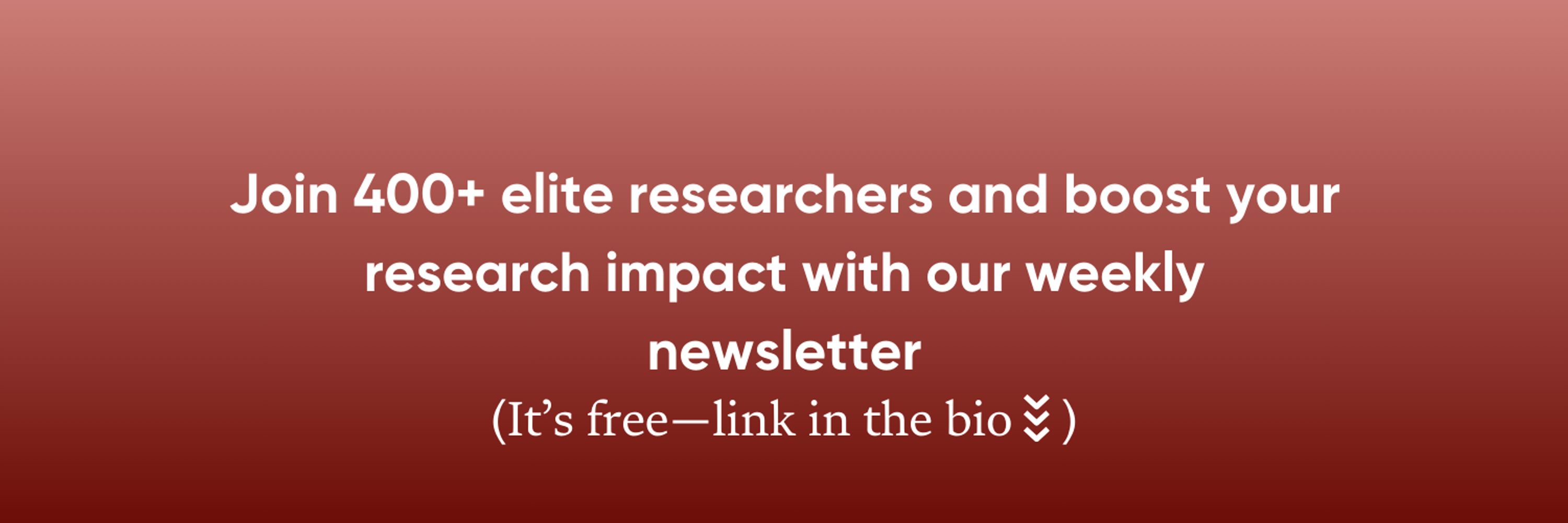Wildtype One
@wildtypeone.bsky.social
35 followers
37 following
310 posts
🧫 Join 400+ elite researchers getting weekly lab hacks with our newsletter (it’s free) 👇 wildtypeone.substack.com/about
Posts
Media
Videos
Starter Packs
Reposted by Wildtype One
Reposted by Wildtype One





